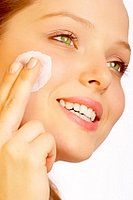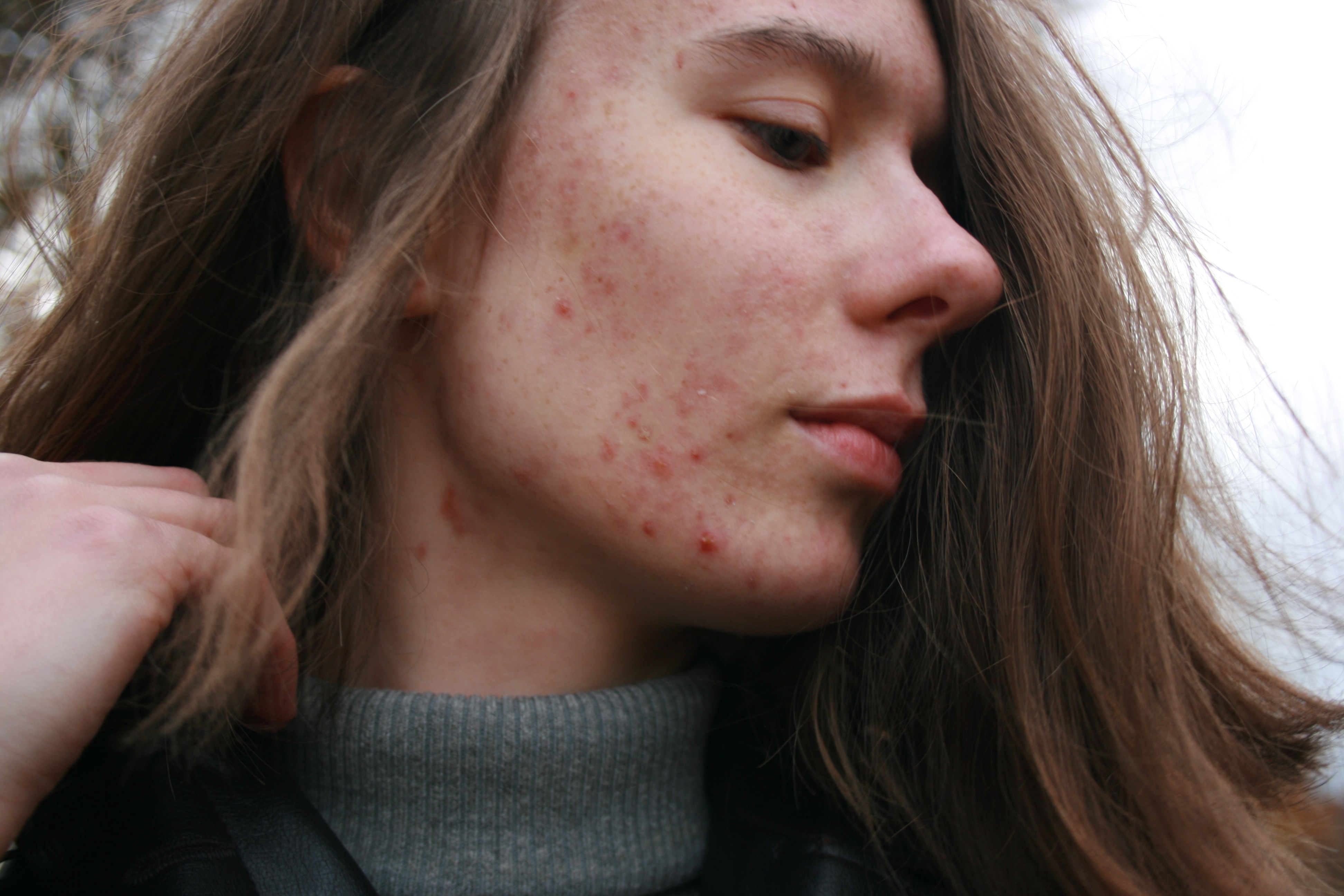
Natural Acne Treatments
Natural Acne Remedies - With Minimal Side Effects
This article on Natural Acne Treatments was taken from NaturalNews.com
Acne usually appears in puberty and goes away as one enters adulthood. However, many suffer acne into adulthood or do not experience acne until adulthood. Multiple factors are involved in acne and there are just as many methods of treating it.
While some natural acne treatments work for some, they may not work for others. It's important to check with a doctor before taking any medications for acne or treating it at home with potentially dangerous substances.
Factors That Could Cause Acne
Acne is generally caused by increased activity in sebum (oil) production as a result of increased hormone production experienced as a result of puberty. Sometimes acne is a result of this oil becoming trapped due to the oil being relatively thicker, smaller pore size, or excess dead skin cells. Research, by Professor Zhao Zhongzhou, sites that acne is also caused by a microscopic mite which lives on the faces of the majority of humans on the planet.

Herbal Remedies For Acne
These are great natural acne treatments. The first, of course, is keeping a clean face. This means hands off. Overzealous washing can also trigger increased oil production. Washing twice per day and keeping the hands and other objects off the face can help prevent bacterial infections, which will make acne worse.
Tea tree oil kills the bacteria and demodex mites associated with acne lesions. It has proved to be an excellent acne remedy for many. In one study, a 5 percent tee tree oil preparation worked as well as a 5 percent benzoyl peroxide solution and had fewer side effects.
Lavender essential oil is thought to contain antibacterial and anti-inflammatory properties. It is an astringent. To use it as an acne remedy, try an essential oil lavender cleanser made for the face, and dot on essential oil with a clean cotton swab to lesions and break outs.
Burdock is an internal natural acne treatment. This plant is rich in minerals and even used as food in some cultures. The roots, leaves, and seeds are used in a tea. The tea is used as a facial wash.
Dandelion, like burdock, may help the body rid itself of excess bacteria. It also stimulates the liver and digestion, thus flushing toxins and excess hormones such as androgens which trigger break outs. Full of minerals and vitamins, dandelion leaves are eaten fresh, cooked, or dried and made into tea.
Calendula works for many types of skin unless the person is allergic to daisies. It fights inflammation and provides antibacterial properties that relieve acne symptoms.
Oregon grape root may help acne in two ways. First, it promotes digestion and liver function, flushing out hormones, toxins and bacteria. Second, it is a powerful antibacterial.
Chamomile has anti-inflammatory properties. It is made into a tea and then used as an astringent. It contains azulene, an anti-inflammatory essential oil with a blue color.
Roses were used in Victorian times and are still used in most of Europe today. The petals not only smell nice, but they also provide antibacterial properties. Use rose water made with pure essential oils, or put the essential oils in a spray bottle of water.
Grapefruit seed extract is a strong antimicrobial agent. It is useful for fighting bacteria externally and internally. It is safe when used as a toner if diluted in other products.
Aloe vera is used to soothe the skin, heal wounds, and as an anti-inflammatory for at least a century. The pure gel or juice is used as a toner after washing the face.
Anti-Acne Lifestyle
ACne can also be minimised and helped to heal through dietary changes, lifestyle change, and proper treatment. In addition to topical and internal treatments listed above, eating a diet which promotes balanced hormones may also help fight acne.
Resources For Natural Acne Treatments
- American Academy of Dermatology: Acne: http://www.aad.org/public/publications/pamphlets/common_acne.html
- Medicine.net: Acne: http://www.medicinenet.com/acne/article.htm
- Demodex Solutions: Mites http://www.demodexsolutions.com/default.asp?all_about_demodex.asp~mainFrame
- 2009 Rodale Books: Herbs For Health: The Herbal Drugstore: Linda B. White M.D. Acne pg 67- 72
Acne.org: What is Acne: http://www.acne.org/whatisacne.html
Written by Amie Sugat
More Super Foods To Add To Your Acne Diet


